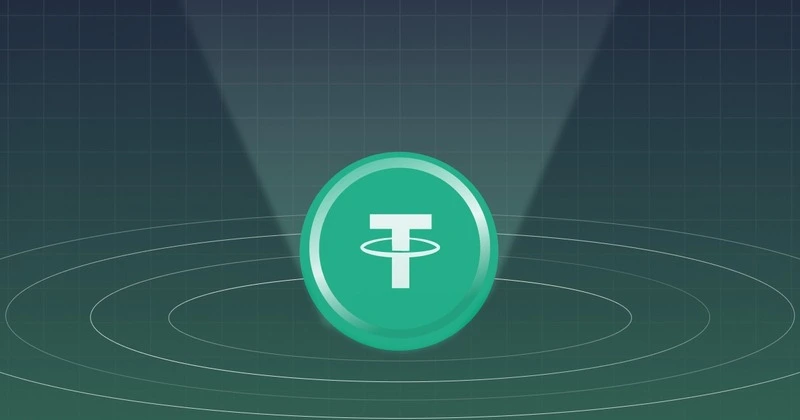Electronic monitoring has become a prevalent alternative to incarceration in the criminal justice system. As technology continues to advance, the use of electronic monitoring devices, commonly known as tethers, has increased. In this article, we will explore the concept of tether violations and their significance in today’s legal landscape.
Definition of Tether and Electronic Monitoring
A tether, also known as an electronic monitoring device or ankle monitor, is a device worn by individuals, typically on their ankle, to track their location. This device is commonly used for individuals on house arrest, probation, parole, or as a condition of bail or bond. The primary purpose of a tether is to ensure that the person wearing it adheres to specific conditions, such as staying within a designated area, avoiding certain locations, or maintaining a curfew.
Types of Electronic Monitoring Devices
There are several types of electronic monitoring devices commonly used in the criminal justice system:
- GPS Tether: A GPS tether allows authorities to track the wearer’s movements using satellite technology. It is often used for individuals charged or convicted of crimes with a victim, such as Criminal Sexual Assault, Domestic Violence, or Stalking. GPS tethers can alert authorities when the wearer goes to places they are not allowed, such as the home or workplace of an alleged victim.
- Transdermal Alcohol Tether: This type of tether monitors the wearer’s skin to determine their Blood Alcohol Level. It is usually attached to the wearer’s ankle by a bracelet. The device also detects attempts to tamper with it or changes in the wearer’s body temperature, which may indicate an attempt to circumvent the system.
- Standard Tether: A standard tether records and reports when the wearer enters and exits their property. The wearer must wear an ankle bracelet and have a landline phone for this device to function properly.
- Breathalyzer Monitor: This device can be installed in the wearer’s home or automobile and does not require an ankle bracelet. The wearer must submit to a Preliminary Breath Test when the unit calls their home. The device may also be equipped with a camera to verify the identity of the person providing the breath sample. A stable residence and a landline phone are typically required to qualify for this device.
- Ignition Interlock Device: This device is a breathalyzer installed in the wearer’s vehicle to prevent them from starting the car if alcohol is detected in their body. The driver must blow into the device and pass the alcohol test before the vehicle will start.
Tether Violations
Tether violations occur when individuals fail to comply with the conditions associated with electronic monitoring. Some common tether violations include:
- Tampering or Removing the Device: Any attempt to remove, alter, or tamper with the tether is considered a violation.
- Leaving a Designated Area: If a person is on house arrest and leaves their home without permission, it is a violation of the tether conditions.
- Entering Restricted Zones: Some individuals may be restricted from entering specific areas, such as schools or bars. Entering these zones can result in a violation.
- Battery Failure or Non-Charging: Failing to keep the tether device charged can be considered non-compliance.
- Technical Malfunctions: Sometimes, the tether device may malfunction. While this may not be the wearer’s fault, they are generally responsible for reporting any issues promptly.
The consequences of tether violations can vary based on jurisdiction, the nature of the original offense, and the specifics of the violation. Potential outcomes may include:
- Revocation of Bail or Bond: If the tether was a condition of the person’s release, they may be taken back into custody.
- Additional Criminal Charges: Tampering with or removing a tether could result in new charges, which may carry additional penalties.
- Lengthening of Sentence or Monitoring Period: A violation may lead to an extension of the time the person is required to wear the tether.
- Incarceration: In severe cases, a tether violation may result in jail or prison time, especially if the original offense was serious.
Managing and Preventing Tether Violations
To effectively manage and prevent tether violations, various strategies can be employed:
- Clear Instructions: Providing clear and comprehensive instructions to tether wearers on the conditions they must adhere to can help minimize violations.
- Support Services: Offering support services, such as counseling or substance abuse treatment, can assist individuals in complying with the tether conditions and addressing underlying issues.
- Enhanced Technology: Continual advancements in technology can improve the accuracy and reliability of tether devices, reducing the likelihood of false positives and enhancing monitoring capabilities.
It is crucial for individuals wearing tethers to understand the associated conditions and potential consequences of violations. Compliance with electronic monitoring is essential to ensure successful rehabilitation and reintegration into society.
Conclusion
Tether violations in court refer to the breach of conditions set by the legal system when someone is wearing an electronic monitoring device. While these devices offer an alternative to incarceration and can be beneficial in many ways, it is vital for wearers to understand the importance of compliance and the potential consequences of violations. As technology and the justice system continue to evolve, the use and regulation of tethers will remain a topic of debate and discussion.
By understanding tether violations and their implications, we can strive towards a fair and effective criminal justice system that balances the need for public safety with the opportunity for individuals to rehabilitate and reintegrate into society.
